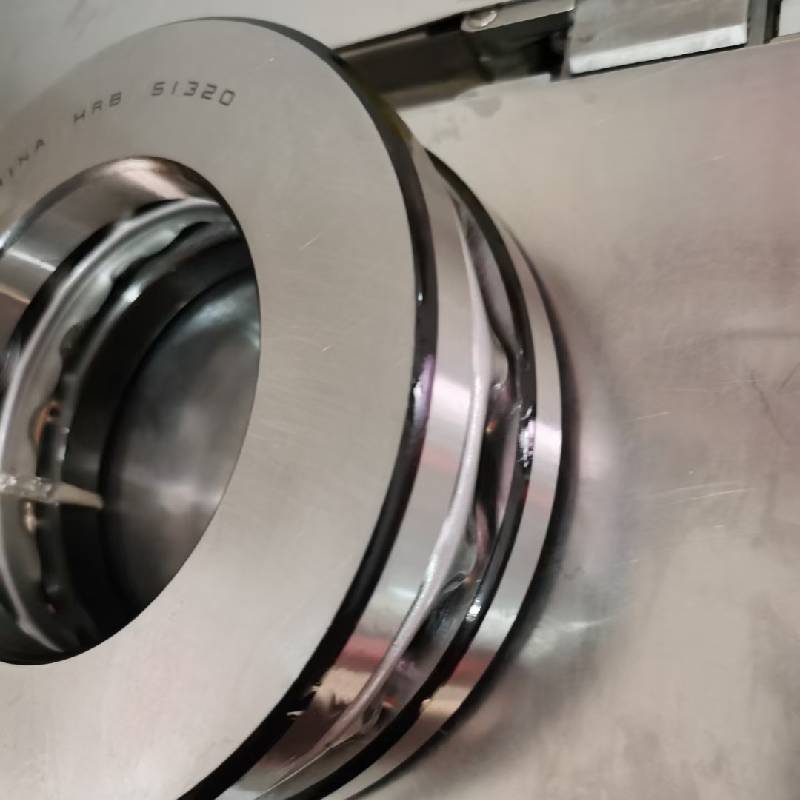
Dec . 17, 2024 06:26 Back to list
High Performance 6000ZZ Ball Bearings for Smooth and Efficient Rotational Motion
Understanding Ball Bearing 6000ZZ Features, Applications, and Benefits
Ball bearings play a crucial role in various mechanical systems, serving as a vital component that facilitates smooth rotation and reduces friction between moving parts. Among the myriad types of ball bearings available, the 6000ZZ series stands out due to its unique design and versatile applications. This article delves into the features, uses, and advantages of the 6000ZZ ball bearing.
Features of the 6000ZZ Ball Bearing
The 6000ZZ ball bearing is a deep groove ball bearing designed to support radial and axial loads while minimizing friction. The 6000 designation refers to the bearing's size, where the first digit indicates the size series (6 series), and the next two digits specify the bore diameter, which is 10 mm in this case. The ZZ suffix indicates that the bearing is shielded on both sides with metal shields to prevent the ingress of dirt and debris, thus extending its lifespan.
One of the defining characteristics of the 6000ZZ ball bearing is its versatility. It can handle radial loads, which are perpendicular to the shaft, as well as axial loads, which are parallel to the shaft. This adaptability makes it suitable for a wide range of applications. Made from high-quality steel, the bearing exhibits excellent durability, tensile strength, and resistance to wear and tear. Additionally, the presence of shields protects the internal components from contaminants while retaining lubrication, ensuring optimal performance.
Applications of the 6000ZZ Ball Bearing
The 6000ZZ ball bearing is commonly used in various mechanical assemblies due to its robust design. Its applications span across multiple industries, including automotive, engineering, home appliances, and electric motors. In the automotive sector, it can be found in wheel hubs, alternators, and various rotating components where reliability and performance are crucial.
In the engineering domain, the 6000ZZ bearing is often utilized in machinery such as lathes, mills, and conveyor systems, where smooth operation and reduced friction are essential for efficiency and longevity. The bearing's compact size and lightweight nature make it an ideal choice for applications where space constraints are a concern.
ball bearing 6000zz

Moreover, the 6000ZZ ball bearing is popularly used in electric motors, fans, and pumps. The ability to operate at high speeds while maintaining stability and reliability is paramount in these applications, making the 6000ZZ an excellent fit.
Benefits of Using the 6000ZZ Ball Bearing
One of the primary benefits of utilizing the 6000ZZ ball bearing is its low friction characteristics. The design of the deep groove channel allows for efficient rotation, which translates into lower energy consumption and enhanced performance. This feature is particularly advantageous in electric motors and high-speed machinery, where excess friction can lead to overheating and premature wear.
Another significant advantage is its longevity. The dual shields effectively protect the inner components from contaminants, which is critical in maintaining consistent performance over time. Less maintenance and a longer lifespan mean reduced operational costs and improved reliability in various applications.
Furthermore, the versatility of the 6000ZZ bearing allows manufacturers to use it across different machines and devices, streamlining inventory management and reducing the need for multiple bearing types. This adaptability is particularly beneficial for businesses that rely on a variety of machinery, as it simplifies maintenance and repair processes.
Conclusion
In summary, the 6000ZZ ball bearing is a highly efficient and versatile component widely used in various industries. With its robust design, low friction characteristics, and protective shielding, it provides excellent performance and longevity in demanding applications. Whether in automotive systems, engineering equipment, or household appliances, the 6000ZZ ball bearing demonstrates its significance in enhancing the functionality and reliability of machinery. Understanding its features and applications helps both manufacturers and users make informed decisions when selecting components for their mechanical systems.
Latest news
-
Grooved Ball Bearing Design and Functionality
NewsJun.04,2025
-
Concrete Mixer Bearing Load Capacity Testing
NewsJun.04,2025
-
6004 Bearing Dimensions in Robotic Joint Designs
NewsJun.04,2025
-
Advantages of Single-Row Deep Groove Ball Bearings
NewsJun.04,2025
-
Applications of Deep Groove Ball Bearings in Automotive Systems
NewsJun.04,2025
-
Innovations in Bearing Pressing Machine Design
NewsJun.04,2025
